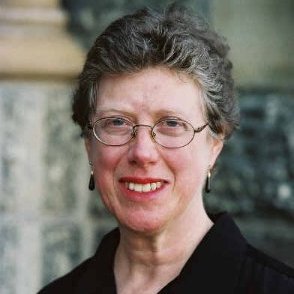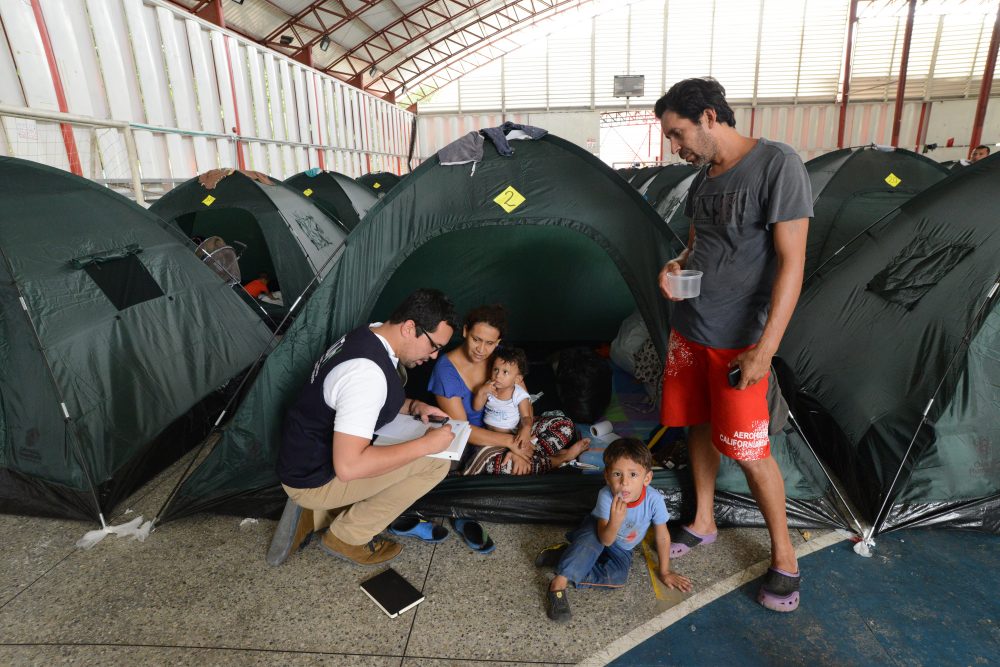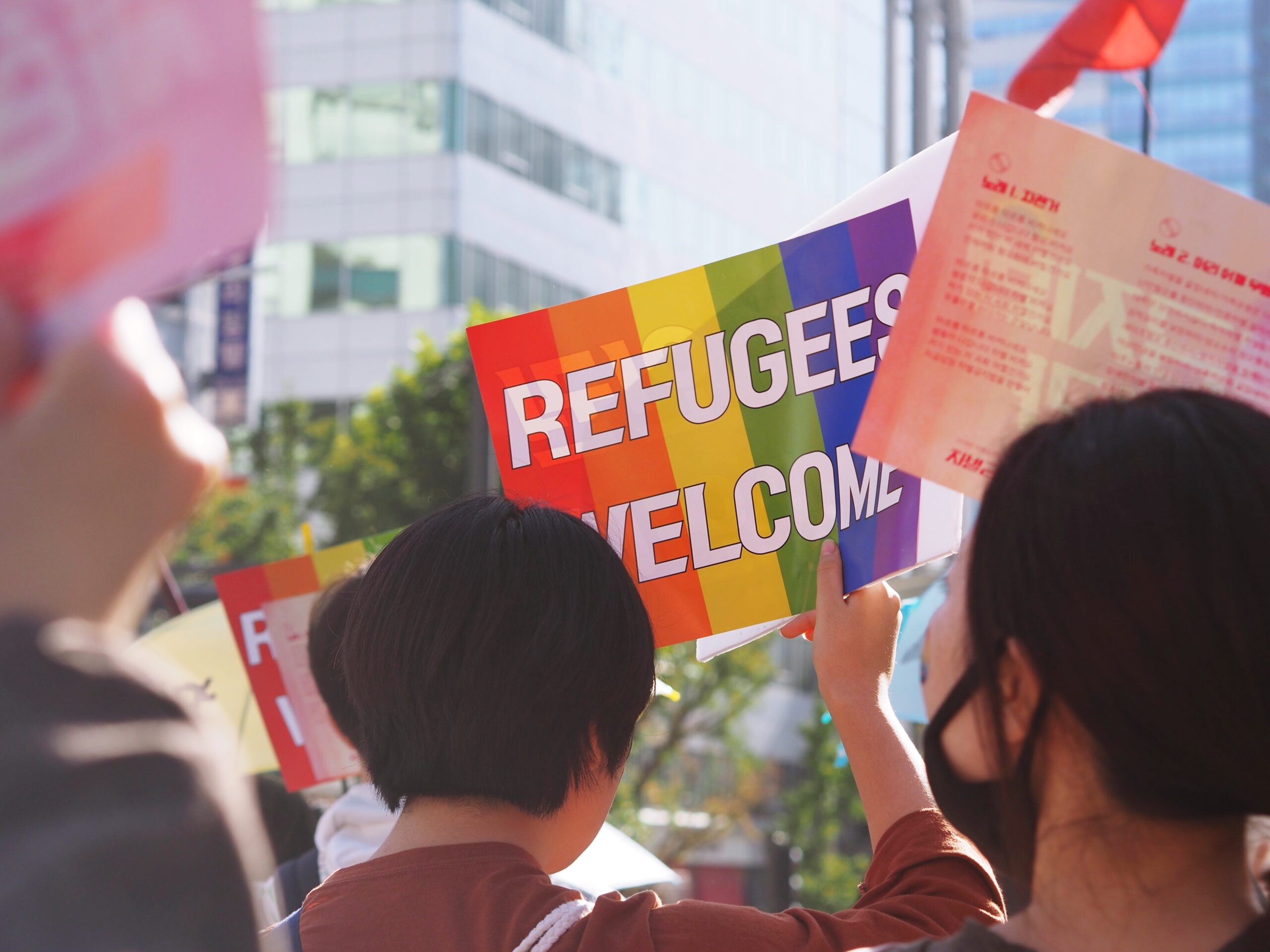Susan F. Martin: A Pioneer in U.S. Immigration Reform
This is the first in a series of Q&A posts with the leading experts who make up our Advisory Council, a group of hardworking ambassadors who are passionate about changing the face of disaster giving for the good of affected communities worldwide. How did you come to be on the advisory council? At Georgetown University, […]

This is the first in a series of Q&A posts with the leading experts who make up our Advisory Council, a group of hardworking ambassadors who are passionate about changing the face of disaster giving for the good of affected communities worldwide.

How did you come to be on the advisory council?
At Georgetown University, Regine Webster was my student in the refugees and humanitarian emergencies graduate certificate program at the Institute for the Study of International Migration (ISIM). At the time, I also worked as a consultant for the Bill & Melinda Gates Foundation on their disaster management work. After Regine completed the graduate certificate, I recommended her for a fellowship with the Foundation and she was assigned to the disaster management area.
While there, Regine and her colleague supported ISIM’s work on a grantmaking survey on U.S. disaster giving. The survey found that though foundations were very generous after disasters, there was very little collaboration among foundations and no coordination or continuity to the grantmaking process with regards to long-term disaster recovery. We found that most foundations funded only immediate relief efforts and few provided grants for pre-disaster preparedness, or post-disaster efforts to help communities truly rebuild and recover.
This research demonstrated the need for the Center for Disaster Philanthropy, and I was eager to be part of the advisory council.
What expertise, background do you bring to CDP’s advisory council?
I have been working on disasters since the late 1970s and early 1980s. My principal background is with mass displacement resulting from disasters and humanitarian emergencies more generally. I originally worked with the Refugee Policy Group, a small Washington-based center for analysis of U.S. and international policies on refugees and internally displaced persons (IDPs). During that period, I worked on gender and displacement, and did a lot of field work in Southeast Asia, Africa, and Eastern Europe.
After that, I served as the executive director of the U.S. Commission on Immigration Reform, established by the Immigration Act of 1990. In 1997, we issued the final report to Congress with recommendations to reform immigration policy. After the commission, I came to Georgetown University where I founded ISIM in the School of Foreign Service. Forced migration is one of ISIM’s principal areas of research.
What do you give and get from your work on the advisory council?
I have much to contribute to CDP’s work. With my history of work in international humanitarian emergencies, I bring the long view to bear by encouraging us to look beyond reacting to today’s events. I also look forward and identify new areas of concern that are based on my deep experience and analytic capabilities. I bring new issues to CDP’s attention, ideas that are coming out of the research we are doing at Georgetown.
In return, the advisory council has provided me with new opportunities. It has been very interesting to have the opportunity to serve on a grant review committee and determine how funds should be used. I was on the Syrian refugee grant committee and we worked collaboratively to set priorities and then make the appropriate grants.
There’s also much to learn from the other members of the council. Most of my work has been internationally, so it is interesting for me to hear about domestic disaster efforts and find similarities between our work. For example, CDP Board Chair Lori Bertman talks about efforts in Louisiana that are in some ways similar to what might have happened in Haiti. But since the capacities here in the U.S. are so much greater, the possibilities for responding more appropriately over the long term are far better.
Is there a story from the field that shaped your life?
In the mid 1980s, I did fieldwork in Thailand that absolutely changed my life. I was there to study displaced Cambodians living in camps on the border between the two countries. The one thing that struck me immediately was that though women and children made up the majority of the population, the programming to address their needs was ineffective at best.
For example, one camp with 140,000 residents had a hospital that served only male patients, those wounded from fighting. There was just a bare minimum of maternal and child healthcare. Alternatively, all food was distributed to women and children only after it was discovered that the men were selling the food on the black market. It was noted that this shift in the food delivery process significantly improved the nutrition and health of camp residents.

In watching the food distribution, I noticed that the women and children had to stand for hours in an area that had no protection from the hot sun or any place to sit. When I asked about this, I was told that these women and children didn’t care and expected to stand in the heat. But that’s not what I discovered when I actually talked to these women. In reality, no one had talked to them and the women were afraid to speak up.
This is why I focused my studies on women and girls and what was happening to them in humanitarian emergencies. Based on these studies, the United Nations High Commission for Refugees (UNHCR) asked me to write on the topic, which resulted in the first Guidelines on the Protection of Refugee Women in 1991. Those have since been replaced by the UNHCR Handbook for the Protection of Women and Girls. I also worked with two board members of the International Rescue Committee to co-found the Women’s Refugee Commission.
What does it mean for you to be involved in CDP’s mission?
Seeing how CDP has evolved over the years has been very gratifying. It is not only an important source of information, but CDP also has a great model for grantmaking. Too often individuals and foundations take the easy way out and give to one organization without going through a structured process to determine actual needs and real solutions.
Tapping established relationships with nongovernmental organizations, private funders, community and governmental organizations, CDP is able to implement an informed, effective grantmaking process very quickly. Being able to help even a little in that process is extremely rewarding.
What trends or predictions do you have for disaster philanthropy or the humanitarian field in general?
Unfortunately, I don’t see that we’re going to have fewer disasters—natural or man-made. In the context of climate change, we’re seeing the effects of a significant increase in disasters, and as a result, a lot more displacement domestically and internationally. We have to start planning now for an increase in the number, intensity, and length of these displacements. More and more, we’re seeing permanent displacements where people don’t ever get to return home.
On a more positive note, there’s real recognition by governments, private industry, and other stakeholders that humanitarian organizations can’t be the only ones responding to these disasters. Collaboration amongst these groups has become more common. Also, long-term recovery efforts are becoming more mainstream. One of the positive things that came out of the recent UN Summit for Refugees and Migrants was that displacement should be treated as a development challenge. CDP can make a huge contribution to this approach by helping funders understand what that means at the local and human level.
More like this

World Refugee Day: What to Know and Do
